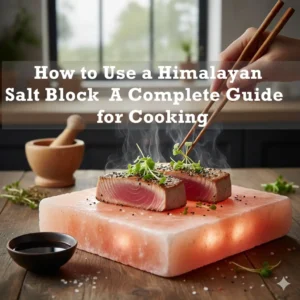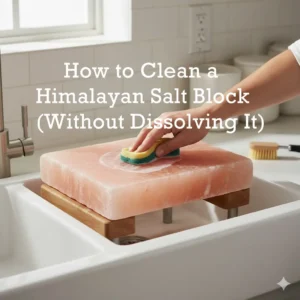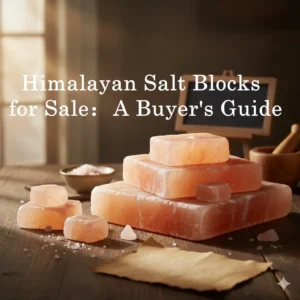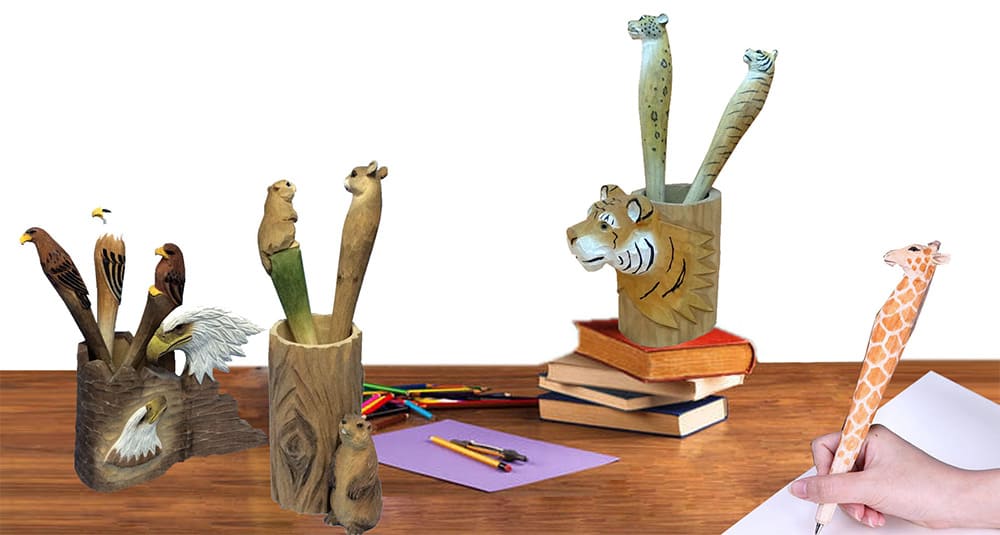A salt block holder is a simple structure that keeps mineral blocks dry, stable, and easy for animals to access. By lifting the block off the ground, it prevents moisture damage, reduces waste, and extends the block’s usable life. This guide explains how to build a dependable holder from basic materials like wood or metal, helping you create a practical, long-lasting solution for your farm or pasture.
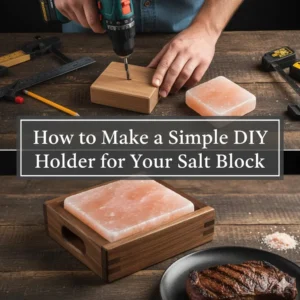
Prerequisites: Tools & Materials Needed
Before beginning your DIY salt block holder project, ensure all essential tools and materials are gathered. Having everything prepared in advance keeps your process organized, efficient, and safe. Whether you choose wood or metal as your base material, the following items will help you construct a durable, stable frame.
- Untreated wood planks or reclaimed lumber (for a sturdy, moisture-resistant frame)
- Steel rods or screws (for assembly and reinforcement)
- Saw (hand saw or power saw, depending on preference)
- Drill with screwdriver bits
- Sandpaper (to smooth all wooden edges)
- Measuring tape and pencil
- Wood glue (optional, for added stability)
Collecting these materials in advance ensures your holder will be strong enough to support the salt block while promoting airflow for quicker drying. Once your components are prepared, you can move on to cutting and assembling the frame.
Premium Himalayan salt Blocks for Your Business
Source authentic, food-grade pink Himalayan salt blocks designed for grilling, serving, and presentation. Each piece is precision-cut for strength and thermal performance—ideal for chefs, retailers, and hospitality professionals. Order in flexible quantities with full customization in size, shape, and packaging to align with your brand requirements.
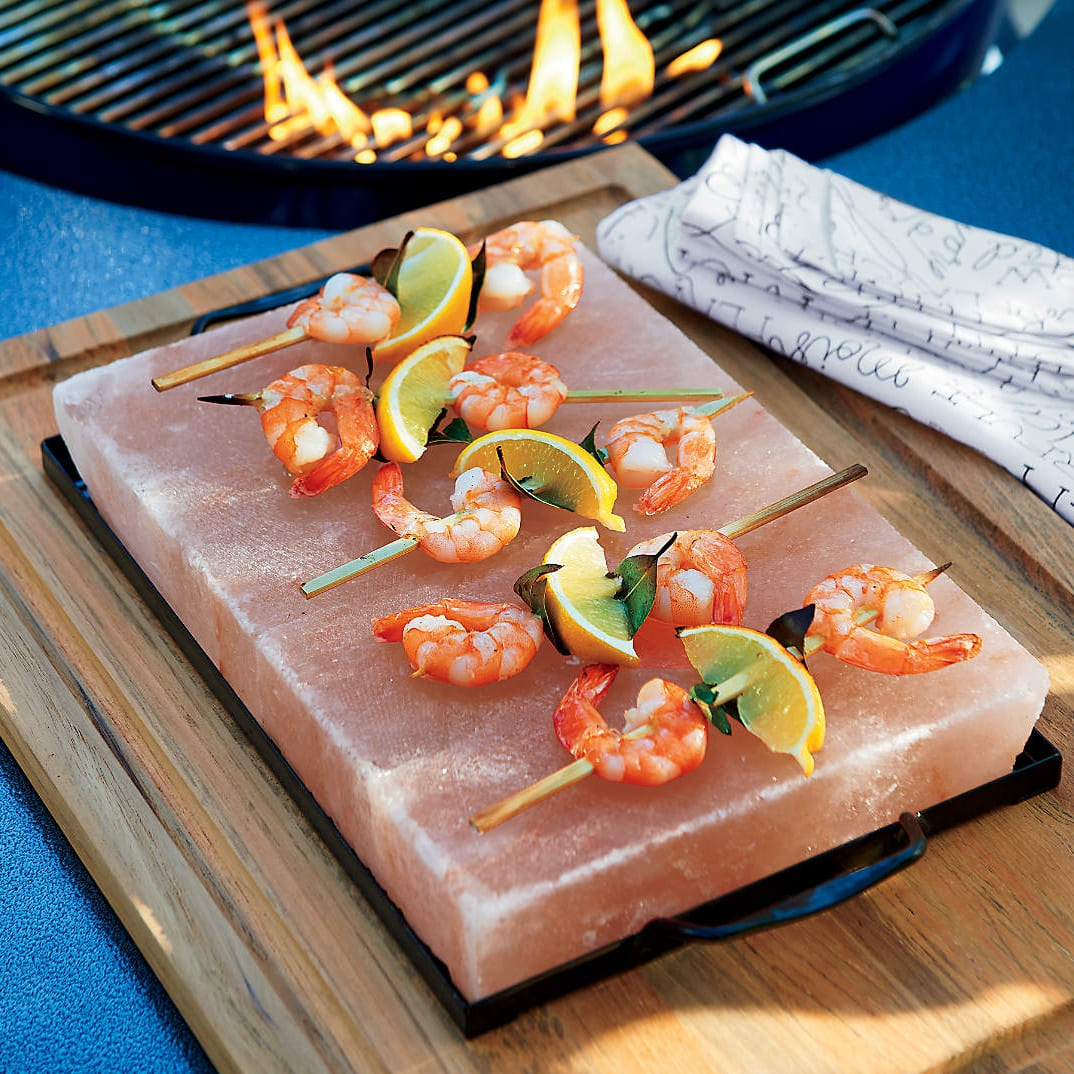
Step-by-Step Guide to Building Your DIY Salt Block Holder
Step 1: Measure and Cut the Wood Pieces
Begin by measuring the salt block that will rest in your holder. Use these measurements to determine the base and side plank dimensions. Leave a small clearance of about a quarter inch on each side so the block fits securely without binding. Mark your cuts precisely and confirm all pieces match before cutting.
Select untreated, durable wood such as pine, oak, or reclaimed lumber. Cut each section carefully with an appropriate saw for the board thickness. After cutting, sand all edges to eliminate splinters and achieve smooth contact surfaces. Clean, finished edges make the structure safer to handle and reduce the chance of moisture penetrating rough grains.

Step 2: Assemble the Base and Frame
Arrange the precut boards into a rectangular shape for the base. Space the slats evenly to allow airflow beneath the block, helping it dry faster and last longer. This ventilation also minimizes dirt and moisture buildup, which is especially beneficial for livestock use.
Attach side supports to elevate the block above the ground. Secure all joints with exterior-grade screws or bolts for long-term durability. Reinforce corners with metal rods if additional strength is needed. Test the frame on a flat surface to confirm stability—it should remain steady without rocking. Add an optional cross brace beneath the base for extra rigidity.
Step 3: Finishing and Safety Checks
Inspect every joint and fastener to ensure the structure is tight and stable. A level, reinforced frame prevents tipping and uneven wear. Avoid treated or painted lumber, as salt readily absorbs chemicals from those finishes.
If desired, apply a thin coat of food-safe oil or mineral finish to provide mild moisture resistance while remaining safe for animals. Lift the assembled holder by its sides to assess weight distribution and handle comfort. It should feel balanced and sturdy, ready for placement in your livestock area, pasture, or barn.
Design Tips for Effective Salt Block Holders
Designing a reliable salt block holder prioritizes function and longevity over appearance. The first rule is elevation—keeping the block off damp ground prevents premature dissolution and maintains cleaner feeding areas. This simple adjustment extends the block’s lifespan and reduces waste.
Ensure consistent airflow and drainage through the base. Use evenly spaced wooden slats or a perforated metal platform so water can run off freely. Keep the structure stable yet lightweight for easy repositioning and cleaning. Integrating handles or grip cutouts adds convenience when relocating or refilling the holder.
When determining measurements, allow moderate clearance for versatility. Adequate interior space accommodates various block dimensions or mineral supplements. A well-proportioned holder—crafted from wood, metal, or a repurposed crate—balances durability, practicality, and everyday usability.
Material Options: Wood, Metal, and Alternatives
Before building your DIY salt block holder, it’s important to understand how different materials perform. Each option varies in cost, durability, and maintenance requirements. Choose the one that best fits your skill level, tools, and desired lifespan for the holder.
| Material | Pros | Cons | Best Use Case |
|---|---|---|---|
| Untreated Wood | Affordable, simple to work with, and provides a clean, natural look | Susceptible to moisture and decay if left unsealed; requires periodic upkeep | Ideal for quick, low-cost builds or DIY beginners |
| Metal (Steel or Aluminum) | Exceptionally strong, weather-resistant, and suited to outdoor environments | Requires welding tools and experience; heavier than wood | Best for permanent, high-durability holders exposed to varying weather |
| Plastic Crates or Recycled Containers | Lightweight, moisture-resistant, and simple to repurpose | Can be unstable under heavy loads; prone to cracking over time | Useful for indoor or short-term setups protected from weather |
Wood, metal, and plastic each serve a distinct purpose in DIY applications. For experimentation or temporary use, start with wood or a recycled container. For long-term reliability, consider a metal frame—it offers the structural strength and moisture resistance required for continuous performance.
Expert Tips & Common Mistakes to Avoid
Building a DIY holder for livestock salt blocks is straightforward, but small oversights can reduce its strength and lifespan. Paying attention to material selection, spacing, and assembly will ensure a durable, low‑maintenance design. Review these frequent mistakes and practical solutions before starting your next holder project.
| Common Mistake | Solution / How to Avoid |
|---|---|
| Using treated or painted wood that contaminates the salt | Select only untreated, food‑safe wood for any surface that contacts the salt block. |
| Placing slats too close together, restricting airflow and drainage | Maintain small, even gaps between boards to allow ventilation and quick water runoff. |
| Building a frame too tight for easy block removal | Measure accurately and provide slight clearance so the block fits securely yet lifts out without force. |
| Failing to secure the base properly, leading to instability | Use quality screws or steel rods, tighten all joints, and test for stability before use. |
Applying these checks keeps your salt block holder steady, dry, and dependable. Whether built from wood or metal, a well‑secured base and proper spacing are key to lasting performance.
Frequently Asked Questions About DIY Salt Block Holders
What is the best type of wood for a salt block holder?
Untreated hardwoods such as cedar or pine are excellent choices for constructing a DIY holder. They resist decay more effectively than softer woods and do not contain chemicals that could contaminate salt. Reclaimed wood is also a cost-efficient and sustainable option if it’s clean and free of paint or sealant.
Should I use glue, screws, or bolts to assemble the holder?
Screws provide strong, long-lasting connections and handle outdoor conditions effectively. Glue can be used as additional reinforcement but should not replace mechanical fasteners. For larger wood or metal holders designed to carry heavier loads, bolts offer superior strength and stability.
How much clearance should I leave between the salt block and the frame?
Maintain roughly half an inch of space between the salt block and the inner edges of the frame on all sides. This clearance supports airflow, encourages faster drying after rain, and simplifies block replacement while preventing binding at the edges.
Can I build a holder from metal instead of wood?
Yes. A metal frame, such as one made from welded angle iron with a perforated top sheet, delivers excellent durability and drainage—ideal for damp environments. Always smooth or cap sharp corners to protect animals and ensure safe handling.
Is a wooden holder safe to place on a grill?
No. Wooden holders should never be exposed to direct heat or open flame. They are suitable for carrying or displaying salt blocks but not for cooking surfaces. For grilling, use a dedicated metal stand built to withstand high temperatures safely.
Final Thoughts
Building a DIY salt block holder is a simple, cost-effective way to keep mineral blocks clean, dry, and within easy reach. A well-built wood or metal frame that elevates the block from the ground prevents moisture damage and maximizes each block’s lifespan.
Applying thoughtful design and airflow principles results in a durable, well-ventilated holder that performs reliably for both feeding and food preparation. The project enhances functionality while reducing waste and maintenance.
Whether crafted from reclaimed wood or fabricated metal, the lasting reward lies in creating a purposeful, efficient tool that supports livestock care, outdoor cooking, or everyday farm operations with the strength of your own craftsmanship.


